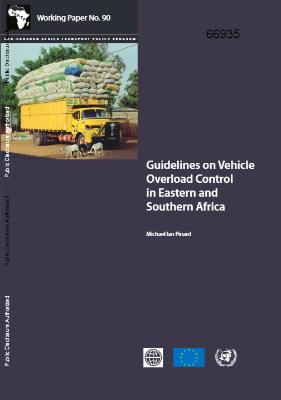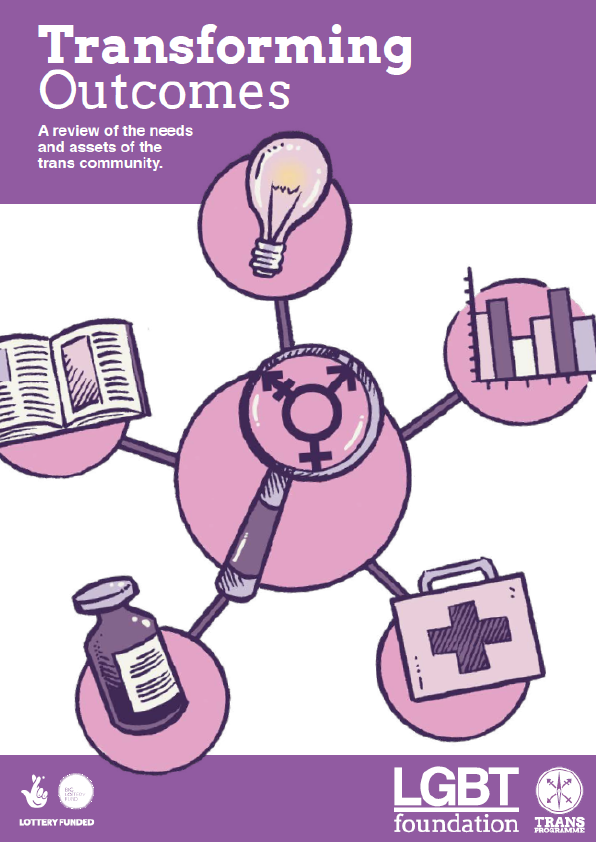Project background
The Common Market for Eastern and Southern Africa (COMESA), Southern African Development Community (SADC) and the Southern Africa Office of the United Nations Economic Commission for Africa (UNECA) working under the Regional Economic Communities Transport Coordinating Committee established under the Sub-Saharan Africa Transport Policy Program (SSATP) have identified vehicle overload control as one of the priority areas to be addressed in their 2006-2007 Work Program. In this regard, a project has been proposed to prepare a synthesis report on constraints, issues and prevailing best practices in overload control in the SADC and COMESA regions.
This initiative has been prompted by the limited success at regional level in the implementation of the SADC/COMESA proposals on vehicle overload control and the recent surge of activity in a number of countries where substantial investments are being made or planned for the procurement of weighbridge infrastructure.
While there are several instances of successful vehicle overload control programs in some countries, problems and constraints also remain in others. Therefore, it is important to identify the bottlenecks and adopt appropriate measures that can address the problem especially at regional level. Despite the existence of what could be examples of best practice, information has not been adequately shared. As a result, costly practices are being pursued in some countries.
The challenges that arise from the absence of a harmonized framework for overload control management are most apparent along regional transport corridors. The challenges manifest themselves at two levels; firstly, in lack of regional harmonization of axle load limits which makes management difficult, and secondly, in lack of faith in the systems used in different countries, such that vehicles are sometimes weighed frequently, including at weighbridges a few kilometers apart but on different sides of a common border. Differences in the infrastructure used contribute to varying perceptions of the integrity of the overload control systems crossed by the regional transport corridors, so that each country has to weigh vehicles again as soon as they enter its territory.
The above issues underscore the importance of a synthesis report as a key input to the transport and trade facilitation initiatives in Eastern and Southern Africa. This approach is likely to increase the chances of regional agreements being reached and implemented at both national and transit transport corridor levels.











